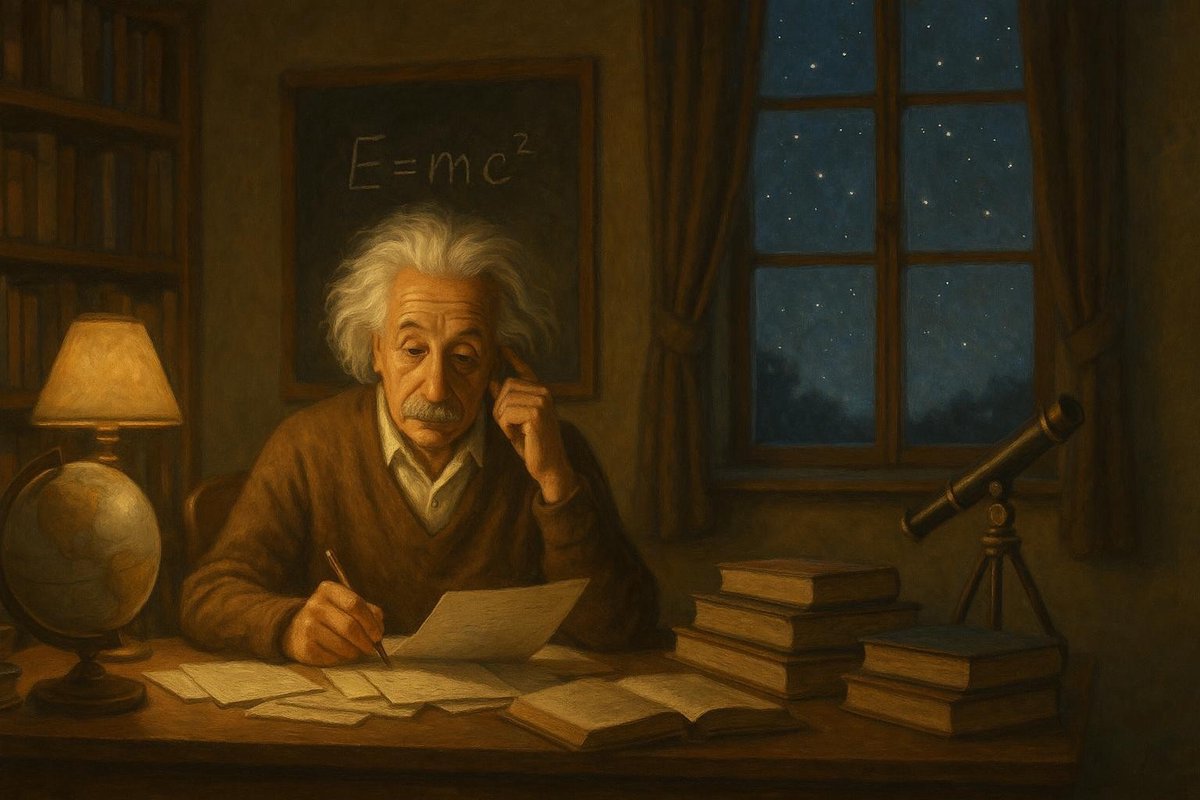
What Problem Did Relativity Aim to Solve?
Imagine standing on a railway platform, watching a train speed by. To an observer on the train, time ticks normally. But to you, something curious happens; the train’s clock appears to tick slower. This perplexing phenomenon puzzled scientists in the late 19th and early 20th centuries, challenging existing classical physics.
Before Einstein’s groundbreaking work, Isaac Newton’s laws reigned supreme. They painted a universe where time and space were separate, unchanging entities. Yet, as technology advanced, especially with the advent of electromagnetic theory by James Clerk Maxwell, inconsistencies arose.
- Newton’s physics couldn’t explain the constant speed of light.
- Maxwell’s equations suggested light speed was invariant.
- Special relativity offered a new framework for motion and energy.
As humanity dug deeper into the nature of reality, it became clear that space and time were not as straightforward as once thought. Einstein sought to resolve these discrepancies by weaving them into a harmonious tapestry—space-time.
The Theoretical Breakthrough: A New Fabric of Reality
In 1905, Albert Einstein published papers that would forever change the scientific landscape. Particularly, his special theory of relativity introduced the radical idea that time and space are interwoven. This theory was not just a solution to a scientific puzzle; it was a philosophical shift.
Einstein’s thought experiments, such as imagining himself riding a beam of light, were instrumental to his insights. He showed that the laws of physics are the same for all observers, and that the speed of light is constant regardless of an observer’s motion.
- Space-time: Time dilates with velocity.
- Mass-energy equivalence: E=mc².
- Gravity as a curvature of space-time.
His special relativity was just the beginning. Later, general relativity expanded these concepts to include gravity, challenging even the concepts of simultaneity and absolute time. Suddenly, the universe became a dance of curves and warps, where the very fabric of reality could bend.
Supporting Evidence: Tangible Proofs of a Theoretical World
Einstein’s theories posed daring predictions that demanded evidence. While initially met with skepticism, several key experiments and observations over the decades confirmed his revolutionary ideas.
Perhaps most famously, the 1919 solar eclipse provided a dramatic stage. Arthur Eddington’s expedition measured the bending of starlight around the sun, a phenomenon predicted by general relativity.
- Solar eclipse of 1919: Light deflection observed.
- GPS technology: Requires relativistic corrections.
- Gravitational waves: Detected by LIGO in 2015.
These validations were not just scientific triumphs; they were a testament to the power of human curiosity and imagination. As our understanding deepened, technology such as GPS became reliant on relativistic corrections, seamlessly integrating Einstein’s theories into daily life.
Modern Relevance: The Relativity of Our Place in the Universe
In the 21st century, the echoes of Einstein’s insight resonate louder than ever. Beyond the realm of physics, relativity invites us to ponder the deeper questions about our existence within the universe.
This theory challenges the notion of an objective reality, suggesting that our perception is inherently limited by our frame of reference. Such philosophical implications ripple through various fields, from quantum mechanics to cosmology.
- Quantum entanglement: Relies on non-locality.
- Cosmic expansion: Measured using relativistic effects.
- Black holes: Extreme warping of space-time.
As we continue to explore the cosmos, the Theory of Relativity reminds us of the fluid nature of the universe and our place within it. It compels us to remain humble, open-minded, and ever-curious.
Einstein once said, “The important thing is not to stop questioning.” These words encapsulate the spirit of his work, urging us to embrace uncertainty and seek understanding in the cosmos’ enigmatic corridors.
Fuel Someone Else’s Curiosity
If this exploration of relativity has sparked your interest, I invite you to share it with others. Let’s continue to ask questions, challenge norms, and expand our collective understanding. Together, we can unravel the mysteries of existence one thought at a time.

Leave a Reply